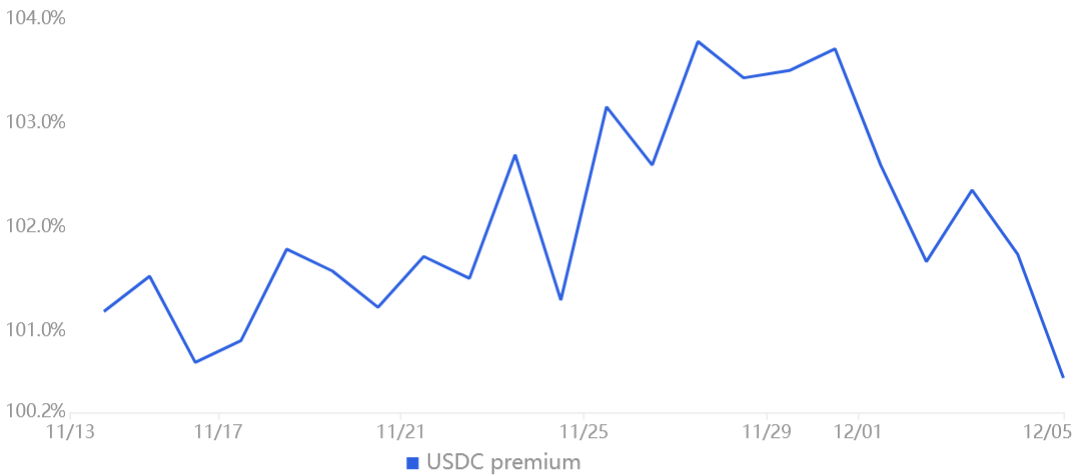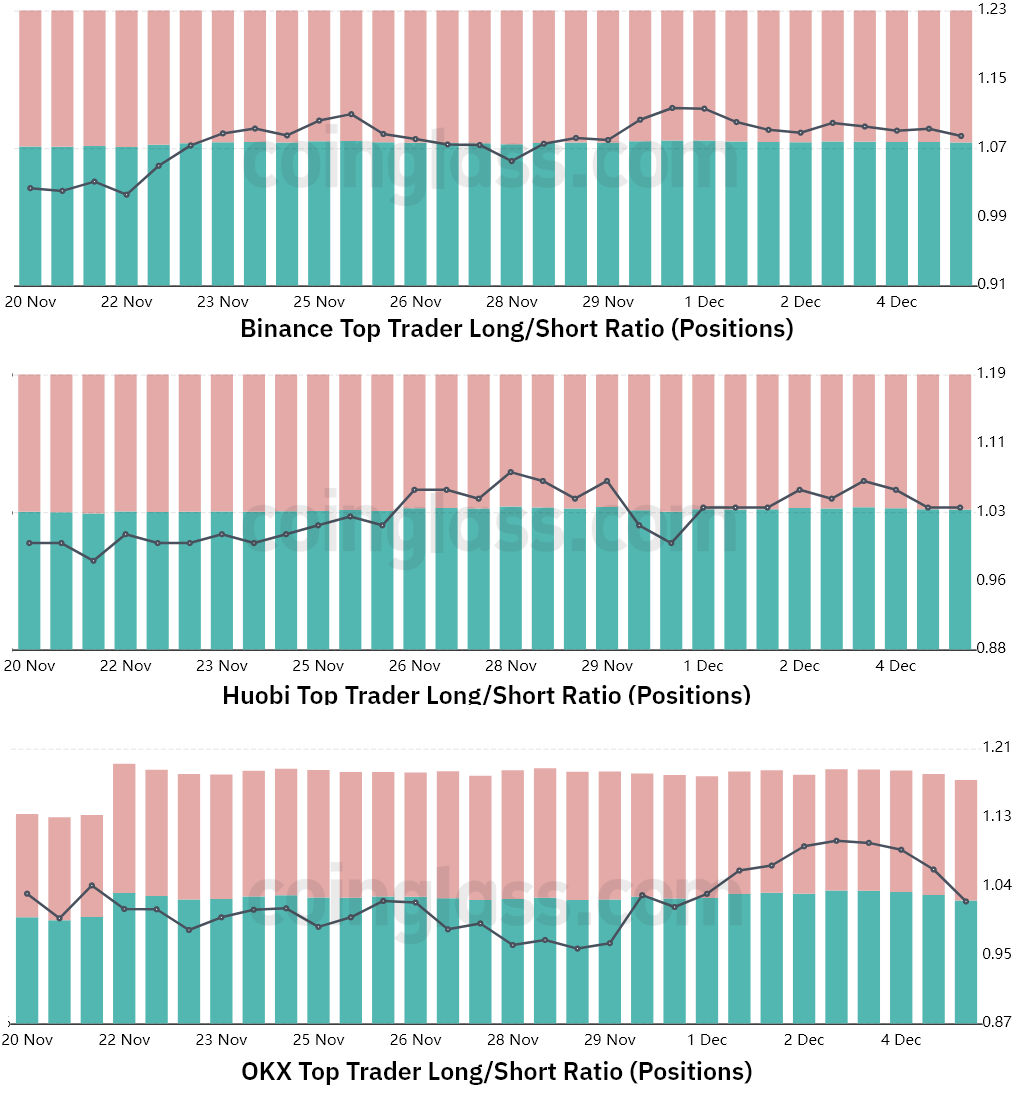Bitcoin (BTC) bulls regained some control on Nov. 30 and they were successful in keeping BTC price above $16,800 for the past 5 days. While the level is lower than traders’ desired $19,000 to $20,000 target, the 8.6% gain since the Nov. 21, $15,500 low provides enough cushioning for eventual negative price surprises.
One of these instances is the United States stock market trading down 1.5% on Dec. 5 after a stronger-than-expected reading of November ISM Services fueled concerns that the U.S. Federal Reserve (FED) will continue hiking interest rates. At the September meeting, FED Chairman Jerome Powell indicated that the point of keeping interest rates flat “will need to be somewhat higher.”
Currently, the macroeconomic headwinds remain unfavorable and this is likely to remain the case until investors have a clearer picture of the employment market and foreign currency strength of the U.S. dollar (DXY) index.
Excessively high levels lower the income of exporters and companies that rely on revenues outside the U.S. A weak dollar also indicates a lack of confidence in the U.S. Treasury’s capacity to manage its $31.4 trillion debt.
The impact of the 2022 bear market continues to make waves as Bybit exchange decided to roll out a second round of layoffs on Dec. 4. Ben Zhou, co-founder and CEO of Bybit, announced a steep 30% reduction in the company’s workforce. The company had previously grown to over 2,000 employees in two years.
Let’s look at derivatives metrics to better understand how professional traders are positioned in the current market conditions.
Asia-based stablecoin demand drops after a 4% peak
The USD Coin (USDC) premium is a good gauge of China-based crypto retail trader demand. It measures the difference between China-based peer-to-peer trades and the United States dollar.
Excessive buying demand tends to pressure the indicator above fair value at 100%, and during bearish markets, the stablecoin’s market offer is flooded, causing a 4% or higher discount.

Currently, the USDC premium stands at 100.5%, down from 103.5% on Nov. 28, so despite the failed attempts to break above the $17,500 resistance, there was no panic selling from Asian retail investors.
However, this data should not be considered bullish because the recent USDC buying pressure up to a 4% premium indicates that traders took shelter in stablecoins.
Leverage buyers ignored the recent pump to $17,400
The long-to-short metric excludes externalities that might have solely impacted the stablecoin market. It also gathers data from exchange clients’ positions on the spot, perpetual and quarterly futures contracts, thus offering better information on how professional traders are positioned.
There are occasional methodological discrepancies between different exchanges, so readers should monitor changes instead of absolute figures.

Even though Bitcoin gained 5.5% in seven days, professional traders have kept their leverage long positions unchanged according to the long-to-short indicator.
The ratio for Binance traders improved from 1.05 on Nov. 28 to the current 1.09 level. Meanwhile, Huobi displayed a modest decrease in its long-to-short ratio, with the indicator moving from 1.07 to 1.03 in the seven days until Dec. 5.
At OKX exchange, the metric increased from 0.98 on Nov. 28 to the current 1.01 ratio. So, on average, traders have kept their leverage ratio during the week, which is disappointing data considering the price gain.
Related: USDC issuer Circle terminates SPAC merger with Concord
The $16.8 support is gaining strength, but derivatives show mild buying demand
These two derivatives metrics — stablecoin premium and top traders’ long-to-short — suggest that leverage buyers did not back the Bitcoin price rally to $17,400 on Dec. 5.
A more bullish sentiment would have moved the Asian stablecoin premium above 3% and the long-to-short ratio higher versus the previous week. The present data from those two markets reduce the odds of a sustainable rally above $17,400. Still, a 3.5% decline toward the $16,500 support should not cause concern because both metrics showed no sign of leveraged bearish bets being formed.
In short, the bearish sentiment prevails, but bears are becoming less confident even as Bitcoin price trades flat and the S&P 500 index declined by 1.5%.
The views, thoughts and opinions expressed here are the authors’ alone and do not necessarily reflect or represent the views and opinions of Cointelegraph.
This article does not contain investment advice or recommendations. Every investment and trading move involves risk, and readers should conduct their own research when making a decision.




